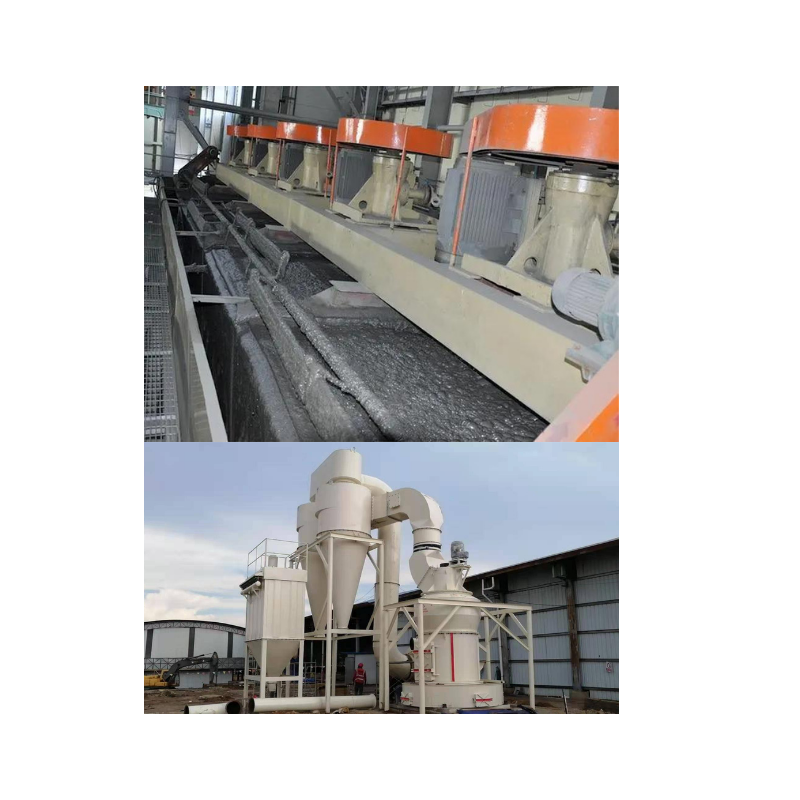
Applications of Hydrated Lime in Mortar for Enhanced Construction Performance
Using Hydrated Lime in Mortar Benefits and Applications
Hydrated lime, also known as calcium hydroxide or slaked lime, has been an essential material in construction for centuries. Its unique properties make it a valuable additive to mortar, enhancing the performance and durability of masonry structures. This article will explore the benefits, applications, and best practices for using hydrated lime in mortar.
What is Hydrated Lime?
Hydrated lime is produced by hydrating quicklime (calcium oxide) with water. The chemical reaction results in a fine, dry powder that is white in color. The primary constituents of hydrated lime are calcium ions (Ca²⁺) and hydroxide ions (OH⁻). This compound is highly versatile and can be used in various construction applications, including mortars, plasters, and even as a soil stabilizer.
Benefits of Using Hydrated Lime in Mortar
1. Improved Workability One of the significant advantages of adding hydrated lime to mortar is the enhanced workability it provides. The fine particles of lime improve the plasticity of the mix, making it easier for masons to apply and shape. This increased workability is particularly beneficial for intricate masonry work.
2. Flexibility and Crack Resistance Mortar containing hydrated lime exhibits greater flexibility compared to traditional cement-only mortars. This flexibility allows the mortar to accommodate slight movements in the masonry without cracking, which is especially important in regions prone to seismic activity or temperature fluctuations.
3. Breathability Hydrated lime mortars are more permeable than standard cement mortars. This breathability allows moisture to escape from the masonry, reducing the risk of trapped moisture that can lead to deterioration over time. It is particularly advantageous in historic restoration projects, where traditional breathable materials are required to protect the integrity of older structures.
4. Sustainability The production of hydrated lime consumes less energy compared to portland cement. Using hydrated lime as a partial substitute for cement can reduce the carbon footprint of construction projects. Moreover, lime mortar can be recycled and reworked, further contributing to sustainable building practices.
5. Improved Aesthetic Qualities Hydrated lime can also enhance the aesthetics of masonry. Lime mortars can achieve a smooth finish and can be colored with natural pigments to match the surrounding materials. This characteristic is particularly appreciated in restoration work, where maintaining historical accuracy is critical.
Applications of Hydrated Lime in Mortar
using hydrated lime in mortar

Hydrated lime is commonly used in different types of mortar, including
- Masonry Mortar It is frequently added to brick and block mortar mixes to improve bond strength and flexibility. A typical mix might include portland cement, sand, and hydrated lime for optimal performance.
- Stucco and Plaster Lime-based stucco and plaster mixes benefit from the incorporation of hydrated lime. These materials are known for their ability to breathe, allowing moisture to escape and reducing the chance of damage from trapped water.
- Historic Restoration For the preservation of old buildings, lime mortars are essential. They allow for the careful restoration of historic facades without compromising the structure’s integrity. The compatibility with existing materials makes lime mortars a preferred choice in heritage projects.
Best Practices for Mixing and Applying Lime Mortar
When using hydrated lime in mortar, it is crucial to follow best practices to achieve desired outcomes
1. Mix Proportions A common mix ratio is 1 part hydrated lime, 1 part portland cement, and 6 parts sand. However, the specific proportions may vary based on project requirements.
2. Curing Proper curing is vital for lime mortars. Unlike cement, lime gains strength over time as it absorbs carbon dioxide from the air (a process known as carbonation). Therefore, it is essential to keep the mortar damp for several days after application to promote this curing process.
3. Time Management Lime mortar has a slower setting time compared to cementitious materials. Plan the workflow accordingly, ensuring that each section is completed within an appropriate timeframe to avoid complications.
In conclusion, using hydrated lime in mortar offers numerous advantages, from enhanced workability to sustainability. Its application in modern construction and historic preservation shows its versatility and desirability. As the construction industry continues to prioritize environmentally friendly practices, the use of hydrated lime will undoubtedly play a significant role in shaping the future of building materials.
Share
-
Premium Pigment Supplier Custom Solutions & Bulk OrdersNewsMay.30,2025
-
Top China Slag Fly Ash Manufacturer OEM Factory SolutionsNewsMay.30,2025
-
Natural Lava Rock & Pumice for Landscaping Durable Volcanic SolutionsNewsMay.30,2025
-
Custom Micro Silica Fume Powder Manufacturers High-Purity SolutionsNewsMay.29,2025
-
Custom Mica Powder Pigment Manufacturers Vibrant Colors & Bulk OrdersNewsMay.29,2025
-
Custom Micro Silica Fume Powder Manufacturers Premium QualityNewsMay.29,2025






